Art has always been a means of self-expression, a way to share our experiences, and a bridge to connect with others. To me, it’s a universal language that helps us navigate the complexities of life, offering clarity when the world around us feels too vast or too overwhelming.
Sometimes, words simply aren’t enough. We struggle to communicate how we feel, what we need, or what is troubling us. This is where art steps in. It allows us to express emotions that are difficult to put into words, even when we can’t fully grasp them ourselves. There’s something deeply transformative about how a simple drawing, a piece of music, or a movement can stir our hearts and open our minds.
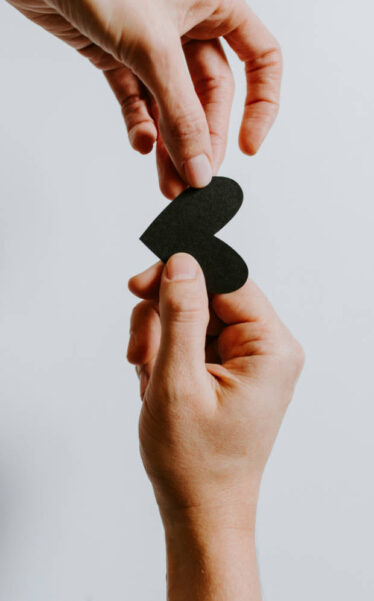
From my own experience, I’ve found that art has an incredible ability to break down barriers. It creates connections that go beyond language, culture, and even time. It is in those moments that we realize that art—whether it’s a song, a poem, or a painting—has the power to unite us in ways words alone cannot.
Now, let’s take a moment to think about inspiration. The Oxford Dictionary defines inspiration as “the process of being mentally stimulated to do or feel something, especially to do something creative.” This tells us that inspiration isn’t a random burst of genius—it’s something we cultivate, something that can be found everywhere, all around us.
Art is like air. It surrounds us, nourishes us, and gives us the breath to grow.
While many people wait for inspiration to strike like a sudden bolt of lightning, I’ve learned that it’s a process. Inspiration doesn’t simply appear out of nowhere. It builds, layer by layer, as we immerse ourselves in the world of creativity. One idea leads to another, and the more we engage with art, the more inspired we become.
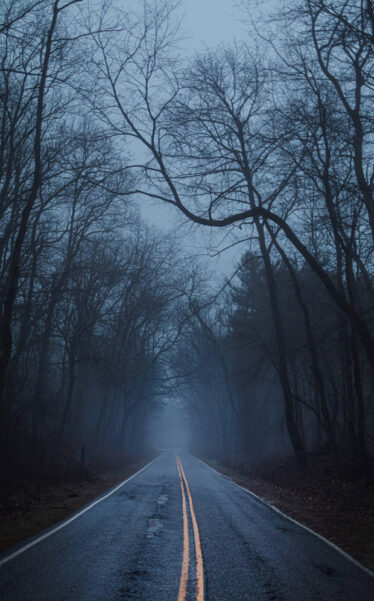
Here’s an important truth I’ve come to understand: Art is not just about the final product. It’s about the journey.
It’s about experimenting, discovering, stumbling, and finding meaning along the way. Whether it’s splashing colors on a canvas, arranging notes into a song, or putting words on a page, the act of creating is where the true magic lies.
In 2013, the United Nations issued a report on artistic freedom, titled “The Right to Freedom of Artistic Expression and Creativity.” The report was a response to growing restrictions on artists’ ability to freely express themselves around the world. It emphasized that “all persons enjoy the right to freedom of artistic expression and creativity,” underscoring the importance of having the freedom to create and share our art without fear or censorship.
This is why it’s so vital to protect spaces where creativity can thrive. Art doesn’t need to be universally pleasing; it only needs to be authentic. Yet, it’s easy to forget just how valuable these creative spaces are—spaces where people can express themselves without judgment.
Where can we find these spaces? The answer is simple: anywhere. Art doesn’t only belong in galleries or theaters. It flourishes on the streets, in schools, at home, and even in the digital world. A blank wall, a park bench, a notebook—each of these can become a canvas for creative expression. What matters most is not the location, but the freedom to create and share ideas.
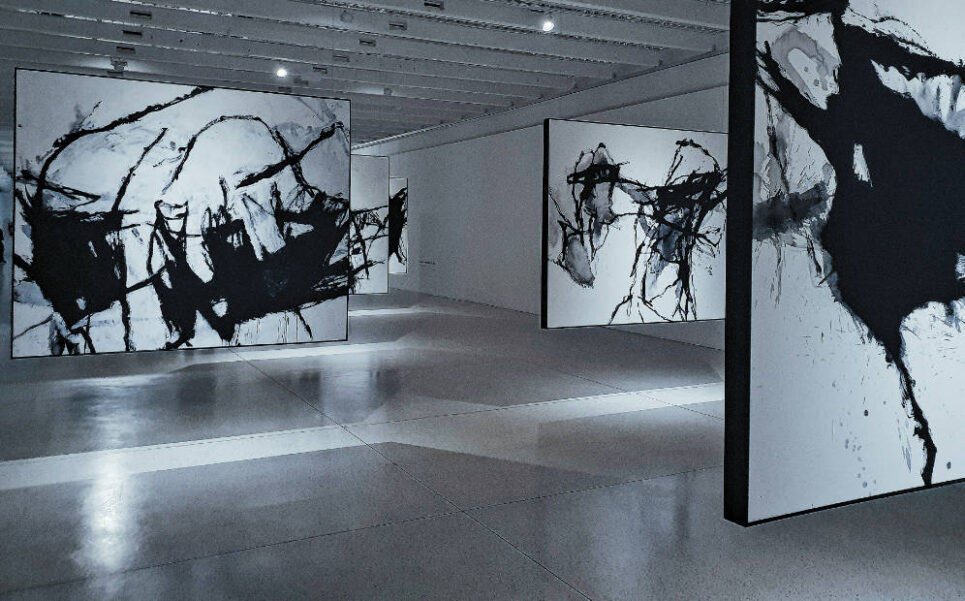
For me, art is deeply human. Every culture, from ancient civilizations to modern societies, has found ways to express itself through creativity. Like language, art allows us to share our emotions, ideas, and stories in ways that words sometimes fail to capture.
Why is art so deeply rooted in our humanity? Because it reflects the essence of who we are. It speaks to our fears, dreams, joys, and struggles. Art tells the stories of our lives, both as individuals and as societies. It connects us to our ancestors, our communities, and future generations. Just as we need food and shelter to survive, we need art to thrive.
Children are perfect examples of this natural creativity. They are always curious, exploring the world around them and seeking to make sense of it. Art is one of the most effective ways for them to express their emotions, learn about themselves, and understand the world they inhabit.
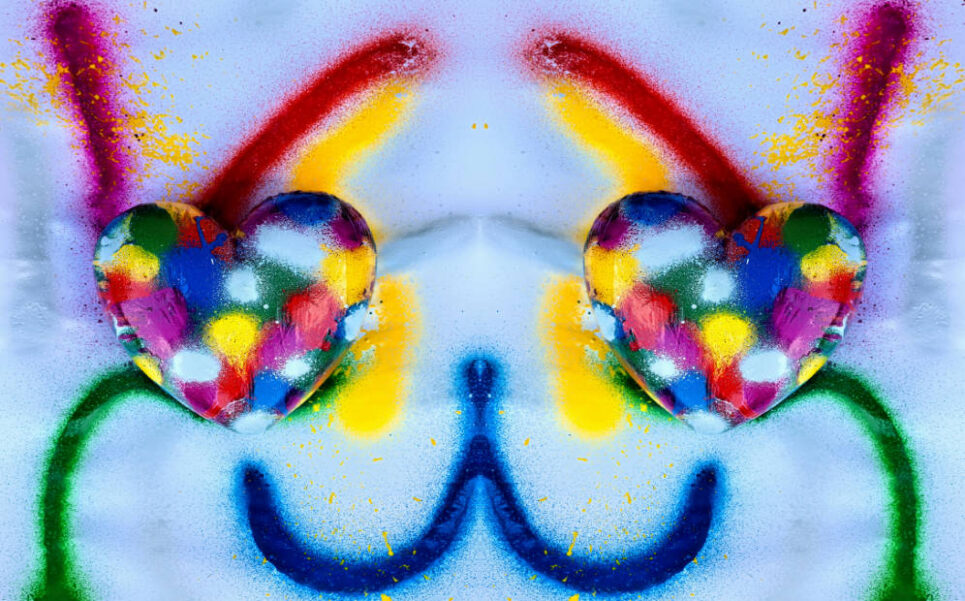
This is why having a dedicated creative space at home is so important. It doesn’t need to be elaborate—just a place where imagination can roam free. And you don’t need expensive materials either; some of the most memorable creative moments come from using simple, everyday items and letting the mind wander.
Let’s face it: bottling up emotions isn’t healthy. We all know this deep down, but it’s not always easy to express what we feel.
Artistic expression provides a powerful way to release those pent-up emotions. When we fail to express ourselves, that emotional energy builds up in unhealthy ways.
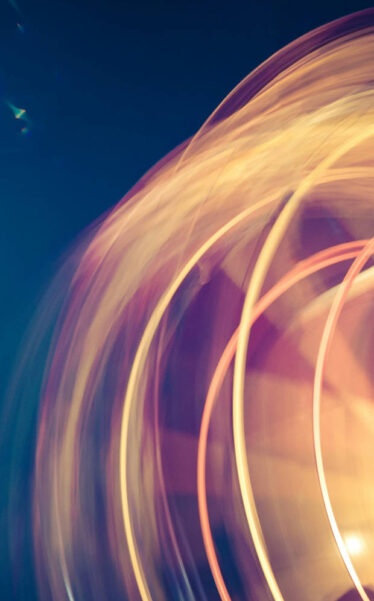
People should feel free to express both their joys and their struggles. When we keep emotions bottled inside, they can lead to stress, anxiety, and even physical illness.
But art is so much more than just a way to make things beautiful—it is a vehicle for important messages. It helps us learn, grow, and connect.
The world is facing so many challenges right now—wars, climate change, economic struggles, and political unrest. In many places, people’s voices are being silenced, and their freedoms are being restricted. Censorship, persecution of journalists and artists, and the repression of free speech are becoming more common. Civil rights movements are fighting for justice, while governments attempt to control narratives and limit artistic expression. Economic instability is making it harder for artists to continue their work, and global conflicts are forcing many creatives to flee their homes, seeking safety and refuge elsewhere.
Ongoing wars, like the one in Ukraine, civil unrest in Myanmar, violence in Sudan, and the drug war in Mexico, have displaced millions of people and devastated communities. These conflicts deeply affect the ability of artists in these regions to express themselves.
Climate change continues to wreak havoc across the globe, with rising temperatures, extreme weather, and biodiversity loss disrupting lives everywhere. Many artists use their platforms to raise awareness of these urgent issues and inspire action.
Political unrest is rampant in places like the United States, Germany, Iran, Syria, Turkey, Afghanistan, and South Korea, where protests and government crackdowns threaten freedom of speech and artistic expression. In some countries, censorship of the media and art is being used to control public opinion and silence dissent.
In the United States, the impact of Donald Trump’s administration on immigration laws created waves of division. The implementation of policies like the “zero-tolerance” immigration policy, the Muslim travel ban, and the construction of the border wall sparked outrage, leading to protests, marches, and creative activism. Artists, musicians, and writers rallied to amplify the voices of immigrants, depicting their stories through murals, songs, and performance art. The U.S. saw an increase in censorship, too, with efforts to silence certain narratives, particularly those critical of the government’s stance on immigration and human rights.
In Germany, political unrest has taken the form of public opposition to government policies, particularly around issues like climate change and refugee rights. Artists have used their work to challenge both governmental actions and public attitudes, using graffiti, public art installations, and performances to speak out. The increasing tension between political factions has created a volatile environment where artistic expression can be both a means of protest and a form of resistance.
Journalists and artists are facing growing risks—particularly in places like Hong Kong, where national security laws have led to the imprisonment of journalists. In Tanzania, musicians are being arrested for lyrics that criticize the government, and in Poland, media outlets are being forced to toe the government line. These are just a few examples of the dangers faced by those who use their creativity to challenge the status quo.
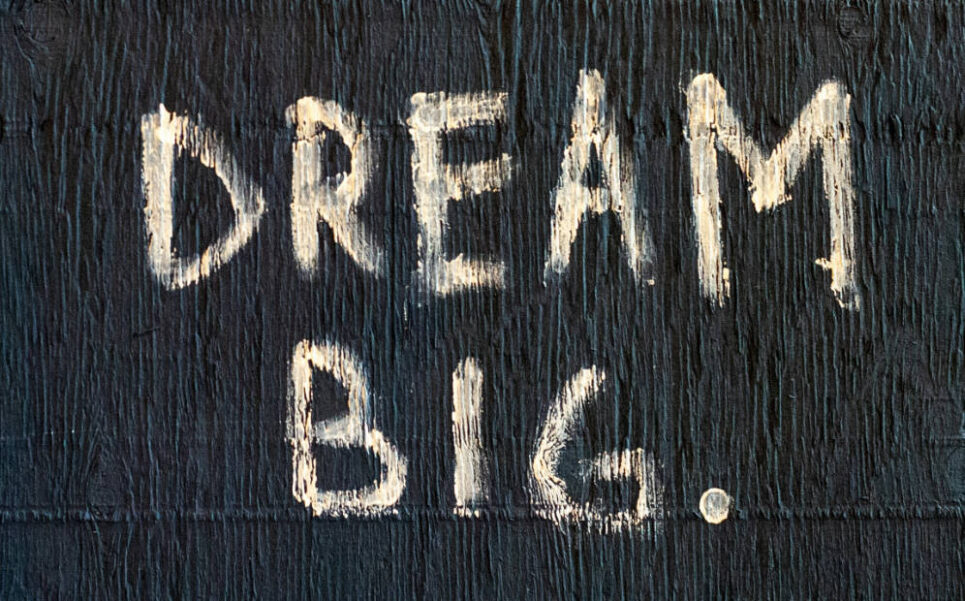
In times of hardship, art remains a beacon of hope. It has always been a means of resistance, a way to document history and a tool to unite people from all walks of life. Whether through murals that tell the stories of marginalized communities or protest songs that amplify voices of dissent, art sheds light on the struggles of today’s world and sparks the potential for change.
Having a creative outlet is not a luxury—it’s a necessity. In a world that often feels overwhelming, art allows us to process emotions, spread awareness, and inspire change. Whether through painting, music, writing, or any other form of expression, creativity helps us navigate difficult times, find hope, and imagine a better future.
Art, in all its forms, is a vital thread that binds us together. It provides us with the tools to process our emotions, advocate for change, and celebrate what it means to be human. In the face of adversity—be it political, social, or environmental—art allows us to speak when words fail. It inspires us to imagine new futures, to resist oppression, and to amplify the voices of those who are often unheard.
As the world continues to change and challenge us, the importance of protecting spaces for artistic expression becomes ever more clear. We must nurture these spaces, ensuring that creativity is never stifled and that everyone has the freedom to create, share, and experience art. In these moments of shared expression, we find hope, unity, and the courage to move forward.


